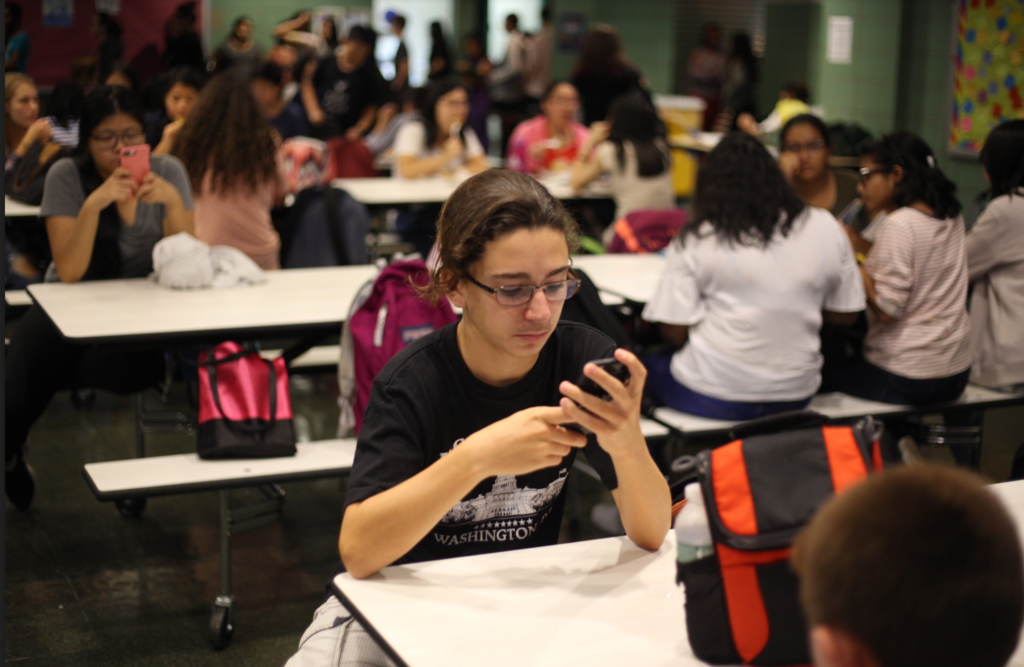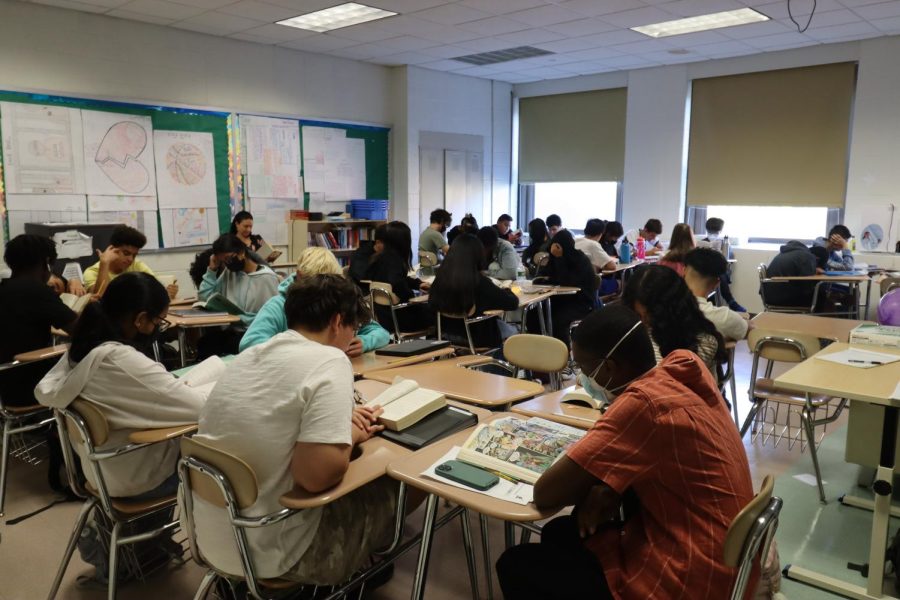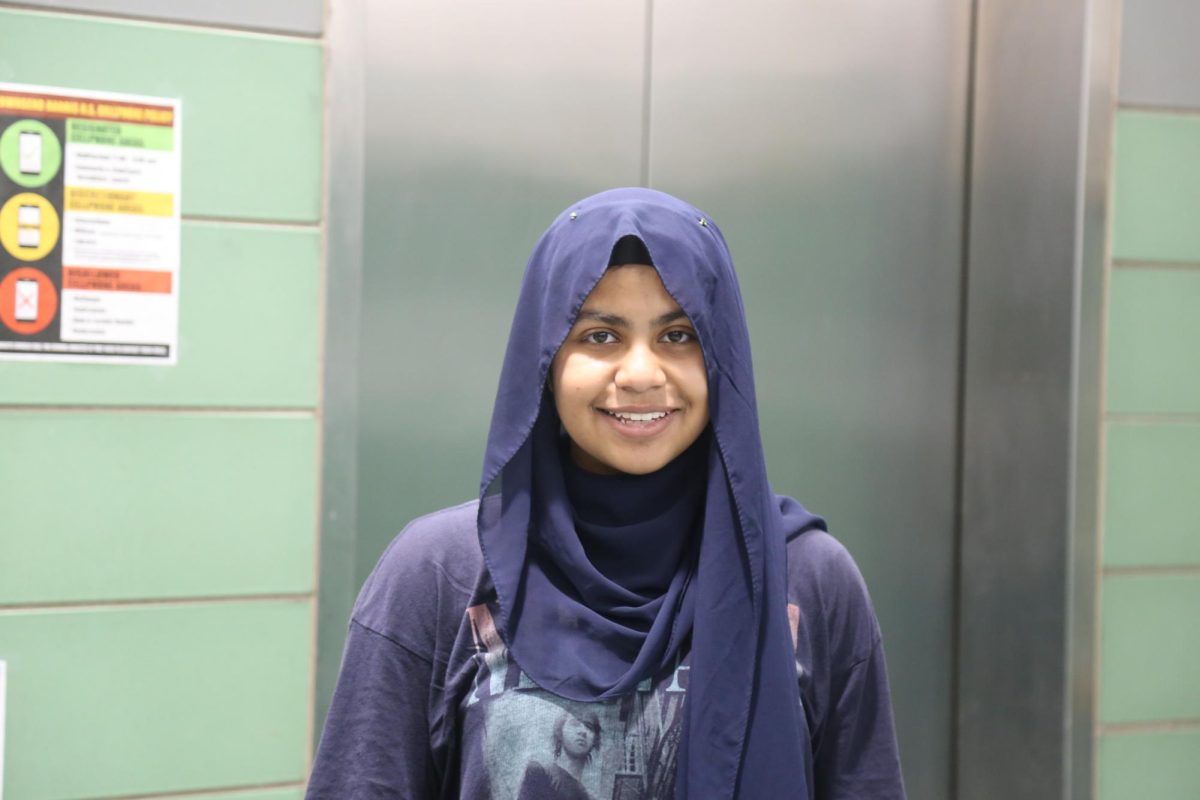
The Steel Hawks (Team 2601) will advance to the World championship in Detroit after competing against 39 teams with their alliance, StuyPulse (Team 694) and Mineola Wild Reds (Team 6806) in the 2018 Hudson Valley Regionals competition. The team received the last wild card at the competition, given to the 2nd top ranking team and earned the Judges’ Award of Excellence in STEM and team effort, as well as an award for video production.
Throughout building and competing, the team used film and photography in order to actively promote their work and was recognized for their excellent video production. This includes live streaming the NYC FTC Championship and Open Field events that they have hosted. The videographers produced weekly vlogs, including the vlogs for this year’s six week build season which was recorded by Sophomore Savannah Sclafani. Vice-President Daniel Sotelo-Reiner’s short film FIRST Relation was an influential factor. Daniel said “it promotes the ideals of both FIRST and our robotics team about being inclusive of everyone and providing opportunities to everyone regardless of race, sexuality, religion or gender.”
As the team progresses to the World Championship, they are still practicing and making changes to their robot, including planning on practicing their drive more to help them when defending and putting the boxes on top of the scale. The team’s next destination is the Long Island Regional where they plan to “test the mechanisms of the robot a bit more and give the driver more practice before world championships in Detroit” said President Phyllis Alinsao. The team also aims to implement change to the robot itself such as adding a climber and making the arm of the robot smaller so that it’s lighter for the robot’s battery, further explains Vice President, Janki Patel.
With a rate based point system for this season’s FIRST Power-Up game, the Steel Hawks underwent many changes and adjustments to come up with a successful product. The build season ended with a robot that is able to move cubes and place them on other platforms as quickly and efficiently as possible. “We have two main components on our robot, our elevator and our arm system. The arm system collects the power cubes while the elevator raises them to the switch or scale,” said sophomore James Hopkins.
In regards to the actual building of the robot, the same steps were followed as last year. Students were separated into several groups. “All of our subgroups were lead by veterans, from sophomores to seniors. I was one of the leaders of our elevator mechanism, which was probably one of the most high maintenance mechanisms on our bot. It was a system we had never tried before, but we were able to get it fully functioning before our competition,” said Phyllis.
However, the biggest difference in this year’s build season was the unprecedented number of members, reaching to over 70 members. Assistant Coach and Physics teacher Joshua. Raghunath said, “this year we had a great overtension rate of incoming freshman looking to join the team and that helped us out a lot.”
As progress was being made throughout the season, the team encountered some setbacks that differed from their expectations. “We prototyped our designs much later than we have in previous years, which probably caused us to rush in the last several weeks. A key aspect of this years game is to climb a rung at the end of the match, which we don’t have on our robot,” said James. This delay caused the team to have less time to practice than last year, explained Mr. Raghunath.
“I feel like this year, coming off of a regional victory, We thinned ourselves out by trying to be perfect with every aspect of the game this year. Despite this, we learned that it is better to be great at one or two things in a game, than it is to be mediocre or even good at one” said James.




























